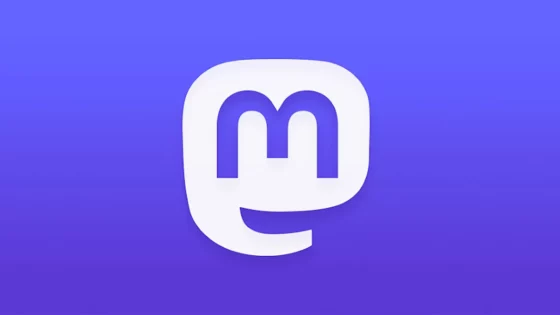I’m just back from a productive week working with Mika Satomi and Lizzie Wilson on a mini project ‘Modulating Time’ … More
Category: Uncategorised
Slow Growth of Mastodon
I used to use twitter quite a bit, but now it’s run by a hard-right weirdo who wants to defeat … More
Tidal 2.0 beatMode (TidalCycles vs TidalBeats?)
I’ve been rewriting Tidal again for a while but resisting actually using it, mostly out of a weird sense of … More
Live Coding: A User’s Manual
“Live Coding: A User’s Manual is the first comprehensive introduction to the practice and a broader cultural commentary on the … More
Interview with Benjamin Tassie
Here’s a nice interview I did with lovely fellow Sheffield-resident Benjamin Tassie, for his Future Classical show on Resonance FM. … More


